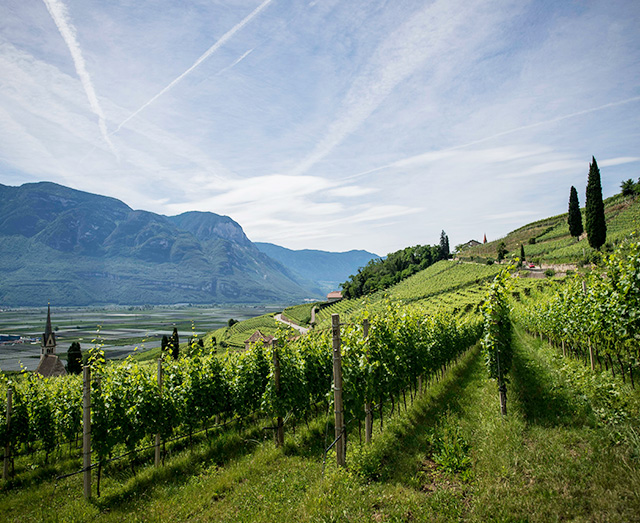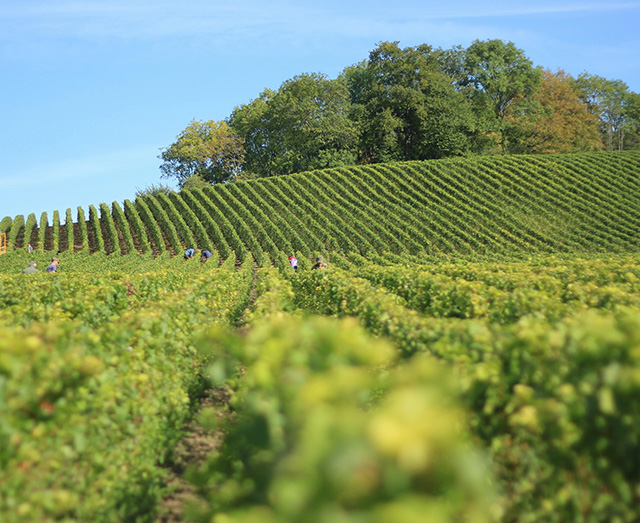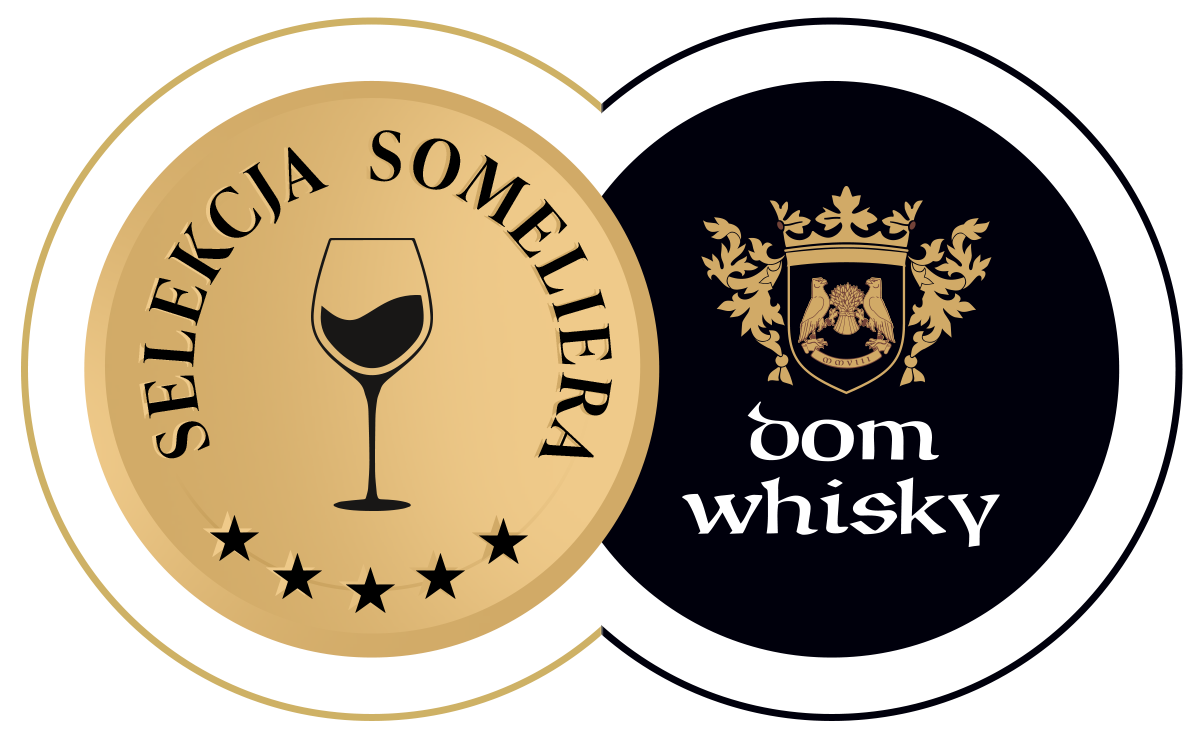Non-Alcoholic and Low-Alcohol Wines – Trend, Future, or New Quality?
Just a decade ago, they were mostly seen as a curiosity. Today, they appear alongside classic wines on the wine lists of top restaurants. Although some still view non-alcoholic and low-alcohol wines with skepticism, they are gaining market share and recognition from an ever-growing group of consumers. What do these terms mean, and what makes us reach for them more and more often?

What Does “Non-Alcoholic” and “Low-Alcohol” Mean?
On labels, you’ll most often find two categories:
- Non-alcoholic wines – maximum alcohol content of 0.5%
- Low-alcohol wines – alcohol content between 5% and 10%
Wina takie powstają z klasycznych odmian winorośli, a alkohol jest usuwany w kontrolowany sposób – przez odparowanie, odwirowanie lub zatrzymanie fermentacji.
- wina bezalkoholowe – zawartość alkoholu maks. 0,5%
- wina niskoalkoholowe – zawartość alkoholu 5–10%
These wines are made from classic grape varieties, and the alcohol is removed through controlled methods — by evaporation, centrifugation, or stopping fermentation.
1. Vacuum Distillation
Alcohol is removed under reduced pressure and temperature (about 30–40°C), which helps preserve delicate aromas. This is a relatively inexpensive and popular method in Europe, but it can result in some loss of depth in flavor.
2. Reverse Osmosis
This process separates alcohol using special membranes. It’s a very precise technique that preserves the wine’s structure without heat interference. Downsides? Time and cost — the technology is complex and expensive.
3. Spinning Cone Column
An advanced method used by large wineries. It allows alcohol to be separated from aromas and extract individually — then reconstructed. The result? Non-alcoholic wines with surprisingly full flavor profiles.
4. Stopping Fermentation
Instead of removing alcohol, the fermentation process is halted very early. This method produces naturally low-alcohol wines — usually lightly sparkling, fruity, and sweeter.

Poland
Although the topic of non-alcoholic wines was marginalized for years, the market is now growing in Poland as well. Consumers reach for them:
- for health reasons,
- for religious or social reasons,
- during pregnancy or breastfeeding,
- for the taste and curiosity of new styles.
World
More and more specialty stores and importers are adding non-alcoholic labels to their offerings. Market leaders are:
- Germany, France, Spain, the United Kingdom, and the USA.
- The global non-alcoholic wine market reached a value of over 1 billion dollars in 2023, with forecasts predicting growth of over 25% annually.

What does the law say? Is non-alcoholic wine still wine?
According to EU regulations, wine must contain at least 8.5% alcohol to be called wine. Non-alcoholic wines are therefore formally classified as “wine-like beverages,” although they are made from grapes and use winemaking technologies. In Poland, there are no separate regulations governing these products.
This is not a passing trend. It’s a transformation of the entire wine category.
Consumers choose non-alcoholic wines because:
- they can enjoy the taste of wine without side effects,
- they pair perfectly with dishes — not only modern but also classic,
- they are becoming increasingly available and diverse.
This offer is not just for drivers — it’s for everyone seeking quality without compromise.
